Medicine details
| Image |  |
| Name | Anleptic |
| Dosage | Suspension |
| Generic Name | Carbamazepine |
| Classes |
Central Nervous System Agent Anticonvulsant / Antiepileptic Agent Psychotherapeutic Agent Dibenzazepine |
| Diseases |
Epilepsy Mental Disorder Neuralgia Pain |
| Company | Square Pharmaceuticals Ltd. |
Drug Package Details
| Strength | 100 mg/5 ml |
| Storage Condition | |
| Origin Country | Bangladesh |
| Commercial Pack | 1 |
| Price per pack | ৳ 300.90 |
| Cost per pack | ৳ 264.79 |
| Package unit | 100 ml bot |
| Price per unit | ৳ 300.90 |
| Cost per unit | ৳ 264.79 |
| Discount | 0 |
| Coupon | |
| Remarks |
Carbamazepine
Carbamazepine is an anticonvulsant and specific analgesic for trigeminal neuralgia that can be taken orally. The exact mechanism of carbamazepine is unknown. It is hypothesized that it works by blocking Na+ channels of neuron inhibiting generation and propagation of neuronal action potential. The principal metabolite of carbamazepine, carbamazepine-10,11-epoxide, has anticonvulsant activity as demonstrated in several in vivo animal models of seizures.
Carbamazepine is indicated for the following conditions-
- Epilepsy (partial, general or mixed)
- Trigeminal neuralgia
Epilepsy:
Adults and children over the age of 12:
-
- 200 mg twice daily initially. Increase by up to 200 mg/day at weekly intervals until the optimal response is obtained. Dosage should not exceed 1000 mg per day in children aged 12 to 15, and 1200 mg daily in patients over the age of 15. Adults may have doses of up to 1600 mg per day.
- Maintenance: Reduce the dosage to the lowest effective level, which is usually 800-1200 mg per day.
Children under the age of 12:
-
- Children taking 400 mg or more of immediate-release carbamazepine on a daily basis may be converted to the same total daily dosage of Carbamazepine extended-release capsules on a twice-daily basis. Typically, optimal clinical response is obtained at daily doses less than 35 mg/kg. If a satisfactory clinical response has not been obtained, plasma levels should be measured to see if they are within the therapeutic range. There is no recommendation for the safety of Carbamazepine at doses greater than 35 mg/kg/24 hours.
Carbamazepine can be used alone or in combination with other anticonvulsants. When added to existing anticonvulsant therapy, the drug should be gradually added while the other anticonvulsants are maintained or gradually reduced, with the exception of phenytoin, which may need to be increased.
Trigeminal Neuralgia:
- Initial: Start with one 200 mg on the first day. This daily dose may be increased by up to 200 mg every 12 hours as needed to achieve pain relief. Do not take more than 1200 mg per day.
- Maintenance: Control of pain can be maintained in most patients with 400-800 mg daily. However, some patients may be maintained on as little as 200 mg daily, while others may require as much as 1200 mg daily. At least once every 3 months throughout the treatment period, attempts should be made to reduce the dose to the minimum effective level or even to discontinue the drug.
The most frequently observed adverse reactions, particularly during the initial phases of therapy, are-
- dizziness
- drowsiness
- unsteadiness
- nausea
- vomiting
SERIOUS DERMATOLOGIC REACTIONS AND HLA-B*1502 ALLELE
Dermatologic reactions, including toxic epidermal necrolysis (ten) and stevens-johnson syndrome (sjs), have been reported during carbamazepine treatment. These reactions are estimated to occur in 1 to 6 per 10,000 new users in countries with mainly caucasian populations, but the risk is about 10 times higher in some asian countries. Studies in Chinese ancestry patients have found a strong association between the risk of sjs/ten development and the presence of hla-b*1502, an inherited allelic variant of the hla-b gene. Hlab*1502 is found exclusively in patients with asian ancestry across asia. Patients with ancestry from genetically at-risk populations should be screened for the presence of hla-b*1502 before beginning Carbamazepine treatment. Patients testing positive for the allele should not be treated with Carbamazepine unless the benefit clearly outweighs the risk.
APLASTIC ANEMIA AND AGRANULOCYTOSIS
Carbamazepine usage has been associated with aplastic anemia and agranulocytosis. The risk of developing these reactions is 5-8 times greater in a population-based case control study than in the general population. The overall risk of agranulocytosis and aplastic anemia in the untreated general population is low, with approximately six patients per million population per year for agranulocytosis and two patients per million population per year for aplastic anemia.
While reports of transient or persistent decreased platelet or white blood cell counts in association with carbamazepine use are not uncommon, data are not available to estimate accurately their incidence or outcome. Most leukopenia cases, however, have not progressed to the more serious conditions of aplastic anemia or agranulocytosis.
Because of the very low incidence of agranulocytosis and aplastic anemia, most minor hematologic changes observed in carbamazepine monitoring are unlikely to signify the occurrence of either abnormality. As a baseline, complete pretreatment hematological testing should be obtained. If a patient exhibits low or decreased white blood cell or platelet counts during treatment, the patient should be closely monitored. If there is evidence of significant bone marrow depression, the drug should be discontinued.
Before prescribing Carbamazepine, the physician should be thoroughly familiar with the details of this prescribing information, particularly regarding use with other drugs, especially those which accentuate toxicity potential.
- Because of the risk of increased seizure frequency, including status epilepticus, antiepileptic drugs should not be abruptly discontinued. When the clinician determines that dosage reduction, discontinuation, or substitution of alternative anticonvulsant medication is necessary, this should be done gradually. However, if an allergic or hypersensitive reaction occurs, a faster substitution of alternative therapy may be required.
- Suicidal thoughts or behavior are increased in patients taking antiepileptic drugs (AEDs), including Carbamazepine, for any indication. Patients taking any AED for any reason should be closely monitored for the emergence or worsening of depression, suicidal thoughts or behavior, and/or any unusual changes in mood or behavior.
- Carbamazepine can cause fetal harm when administered to a pregnant woman.
-
Because carbamazepine has mild anticholinergic activity, patients with high intraocular pressure should be closely monitored during treatment.
- Because of the drug's relationship to other tricyclic compounds, the possibility of latent psychosis activation and, in elderly patients, confusion or agitation should be considered.
- Early toxic signs and symptoms of potential hematologic, dermatologic, hypersensitivity, or hepatic reactions should be clearly communicated to patients. These symptoms may include, but are not limited to, fever, sore throat, rash, mouth ulcers, easy bruising, lymphadenopathy, and petechial or purpuric hemorrhage, as well as anorexia, nausea/vomiting, or jaundice in the case of liver reactions.
Contraindication
Carbamazepine should not be used in patients with a history of hypersensitivity to the drug, or known sensitivity to any of the tricyclic compounds-
None known.
Carbamazepine should not be used in patients with a history of previous bone marrow depression.
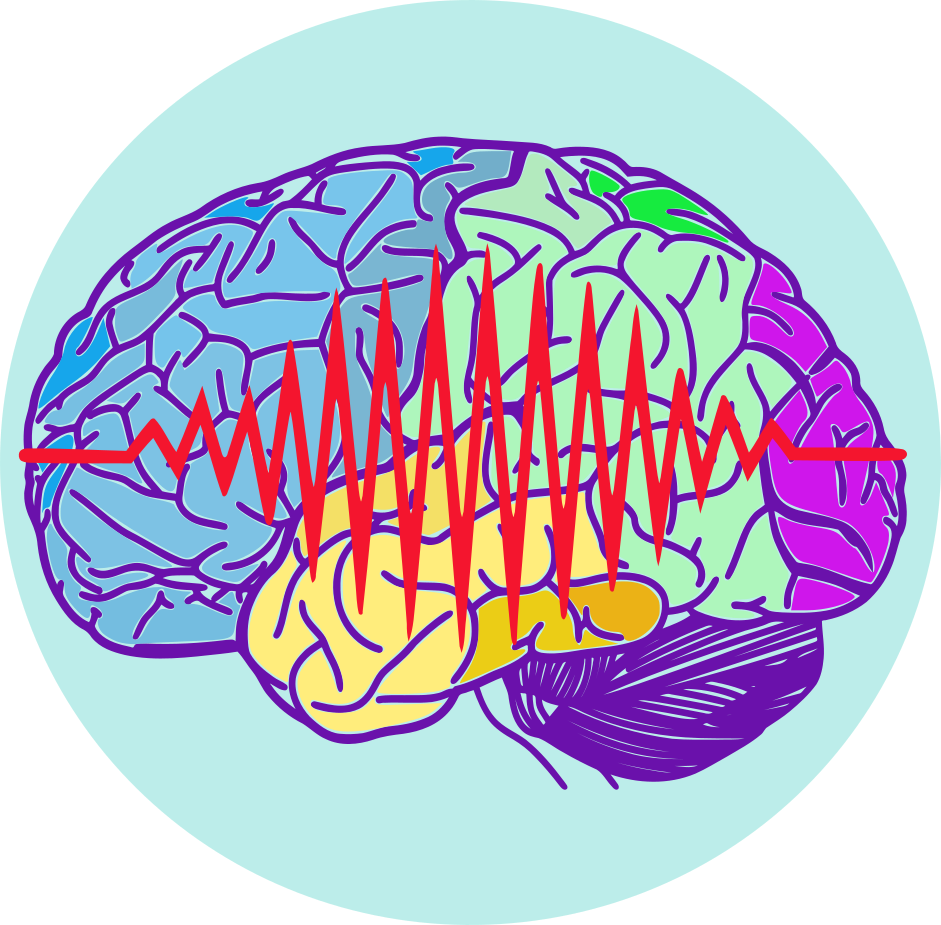
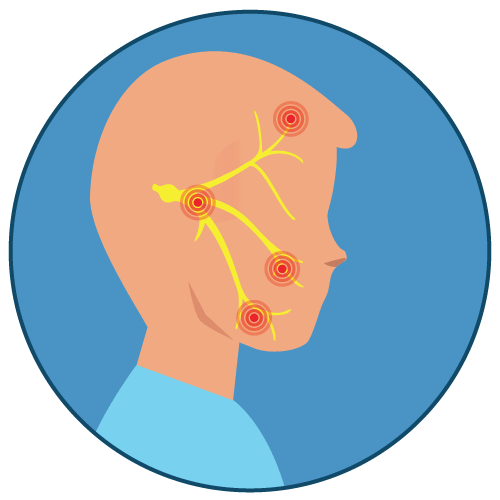
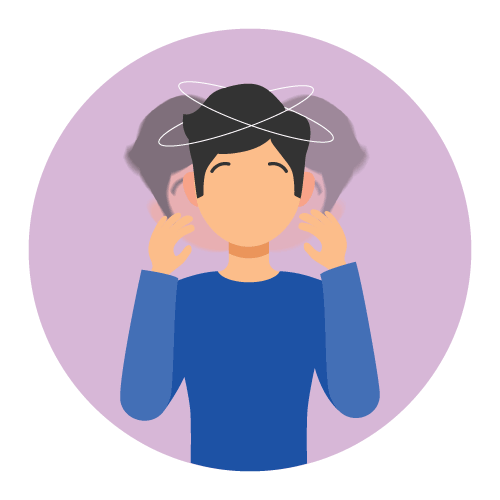
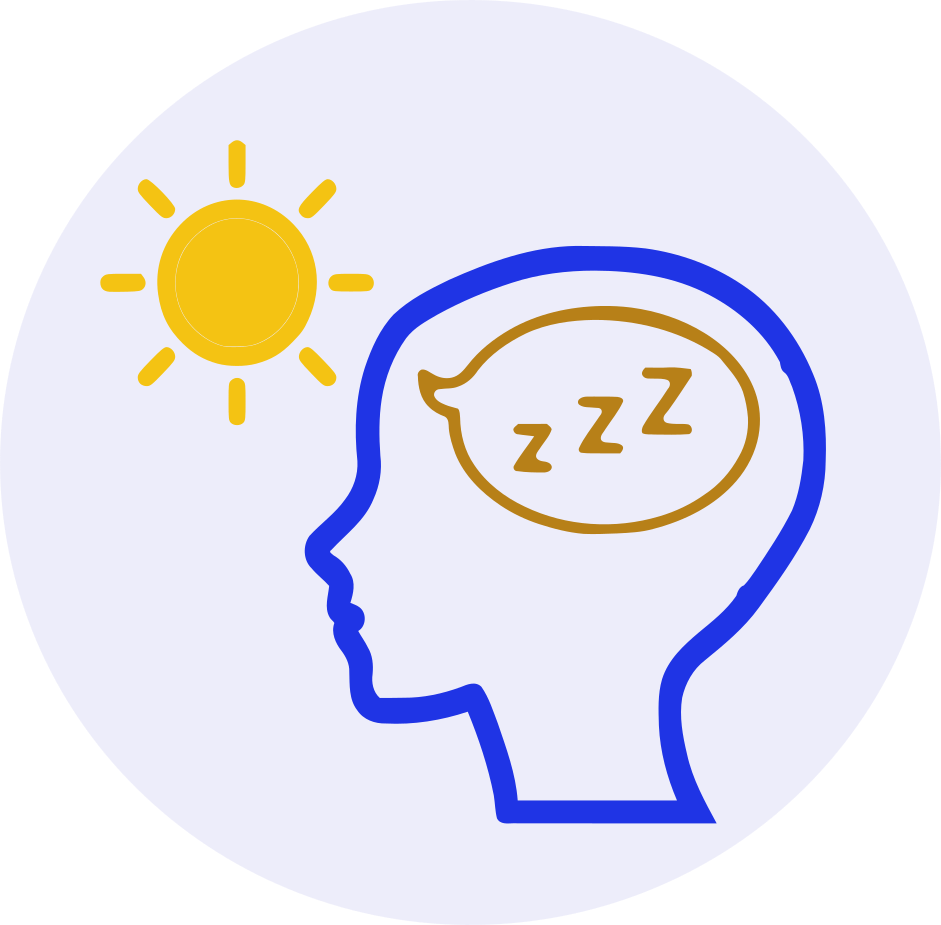

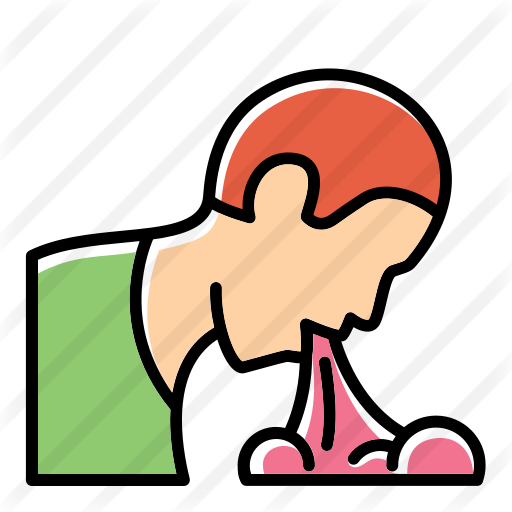

 Bangla
Bangla English
English